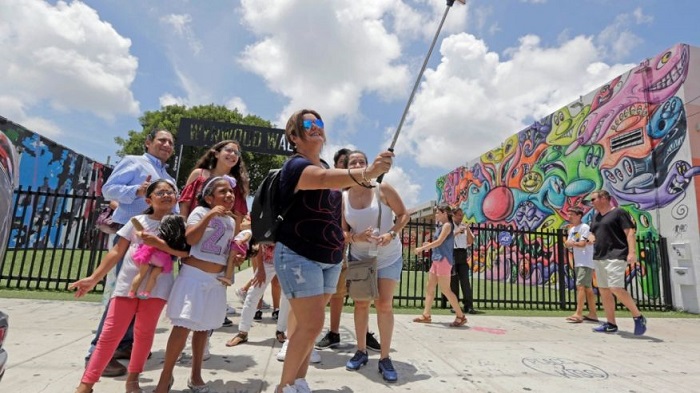That all changed when Zika began being transmitted in Miami, where officials had reported 37 non-travel-related Zika cases as of Monday. On Tuesday, that number rose to 41, consisting of four new cases in South Florida and one in the Tampa, Florida, area.
Researchers’ model projects 395 Zika cases and 79 symptomatic cases in Florida by September 15 stemming from local transmission, according to the release. They predicted a median of eight of the infections could be in pregnant women in their first trimester, a time when the risk for birth defects is thought to be greatest.
By the end of summer, they predicted there would be 11 locally acquired cases in Alabama, three in Arkansas, six in Georgia, four in Louisiana, 10 in Mississippi, 12 in Oklahoma, 16 in South Carolina, and five in Texas.
Longini and his team used the data to contribute to a website showing how Zika has spread through Central and South America, as well as the Caribbean, and how it may spread moving forward.
Researchers have previously conducted retrospective analyses of Zika infection outcomes with statistics from Latin America, none have involved prospective cohorts, according to the release. Longini’s research may help investigators track women throughout and after their pregnancies to study outcomes from infection during the first trimester.
He expects to know these outcomes in the fall, as many of the prospective mothers began their pregnancies during late 2015 and early 2016.
More about:
















































